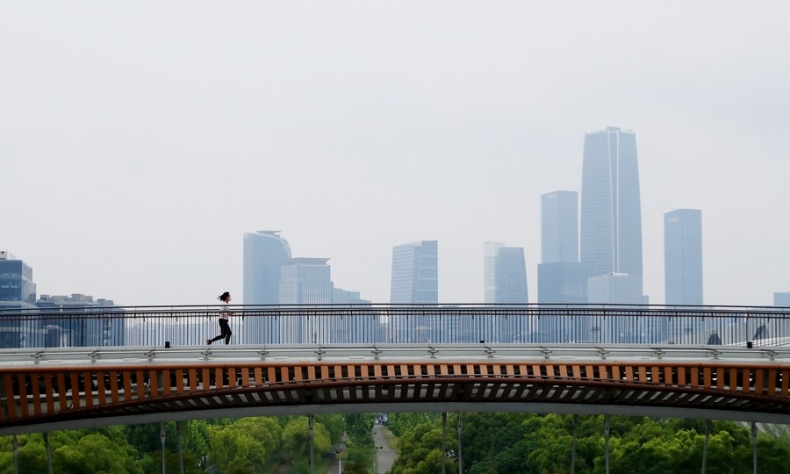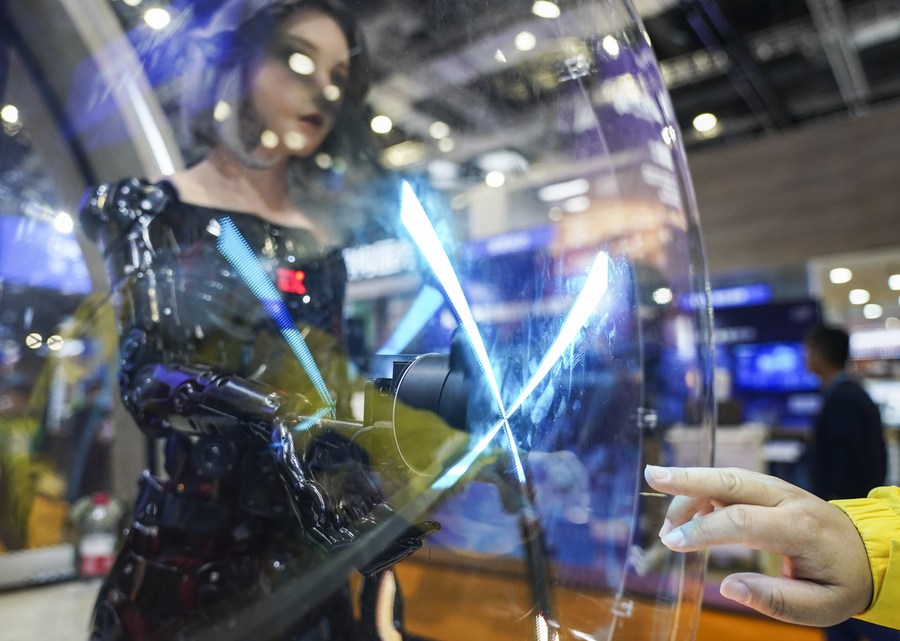Chinese Modernization to Create a Strong Economy and a New Form of Social Contract

Chinese Modernization contains some elements common to the modernization processes of all countries, but is mostly characterized by features that are unique to the Chinese context.
Chinese Modernization, a key term defining China’s journey to rejuvenation, was put forward by Xi Jinping in his report to the 20th National Congress of the Communist Party of China on October 16. According to one Oxford scholar, the term covers China’s goals to create a strong economy and a new form of social contract.
Although it has risen to prominence only recently, Rana Mitter, professor of the history and politics of modern China and director of the University of Oxford China Center, says the term has a much longer history, as modernization has been at the heart of China’s agenda for over 100 years. “There has been continuity in terms of the way the term is used, both now and 100 years ago,” Mitter told Beijing Review in a recent interview.
According to Mitter, Chinese Modernization contains some elements common to the modernization processes of all countries, but is mostly characterized by features that are unique to the Chinese context.
Mitter said that China’s strong export-focused growth of the 1980s and 1990s helped shape the contemporary era of Chinese Modernization. “I think that enabled one of the other major changes that we see in recent years, as part of Chinese Modernization, to occur. And that was China’s growing innovation in technology,” he said, adding that, as China’s economy grows, so too do its resources for reinvestment in research and innovation. “Year by year, we see that China spends its GDP, both in the public and the private sector, on research and development and then reinvests from GDP into further development. That is what creates the higher-value-added-type economy,” he explained.

As for China’s efforts to coordinate and drive green development, in Mitter’s view, energy revolutions and technological revolutions go hand in hand. “When we think about how global life is going to change in the next 10 years, China, I suspect, will be at the heart of those changes,” he said.
Considering the country’s cultural advancement on its path to modernization, the professor said his focus is social media, which, in his opinion, is the most modern way cultural interaction is occurring in China.
“The power of factors or institutions such as Weibo or WeChat is something that’s a whole different conversation,” he said. “You can see the best part of a population of a billion people all in interaction with each other in Chinese through some major apps, and it’s enabled conversations to take place in China that sit separate from ones that simply are about what the elite layers want to say.”
For Mitter, social media in China has created a whole new environment, which in some ways makes China very distinctive. He admits that all countries have social media, but he believes social media in China plays a unique role in terms of giving a popular voice to a huge population that has its own opinions. “[It has] its own ways of thinking about things and often ways of actually disagreeing on a variety of important areas, bringing about debates that actually are important for moving ideas forward,” he concluded.
 Facebook
Facebook
 Twitter
Twitter
 Linkedin
Linkedin
 Google +
Google +










